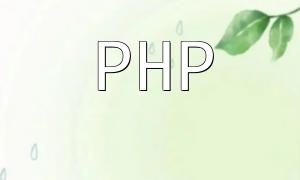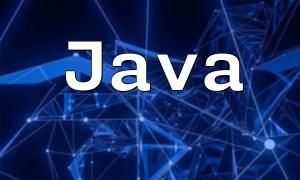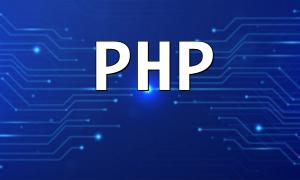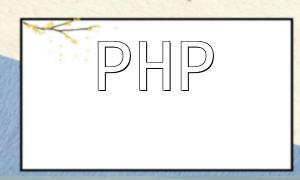PHP, as a widely used programming language in web development, is often targeted by various security attacks. To understand PHP's security, developers need to grasp its low-level principles to identify and mitigate potential security risks. This article will provide a detailed explanation of PHP's low-level development principles and explore how to effectively prevent common security vulnerabilities.
PHP operates through an interpreted execution model, converting source code into intermediate code (Opcode) and further transforming it into machine code for execution. This process involves several security risks, particularly in core mechanisms of PHP that are susceptible to exploitation.
PHP’s dynamic and weak typing characteristics make variable handling very flexible but also prone to code injection attacks. If developers fail to filter user inputs properly, attackers could embed malicious code in the input data and execute unauthorized commands. To prevent such issues, developers must ensure strict validation and sanitization of user input.
PHP's file inclusion mechanism (such as using include, require functions) is a common attack vector. If file paths are not strictly controlled, attackers can craft malicious paths to read, execute, or delete arbitrary files on the system. Developers must always ensure that included files are from trusted sources, preventing potential path traversal vulnerabilities.
When interacting with databases, developers may directly concatenate user input into SQL queries. This opens the door for SQL injection vulnerabilities, where attackers can bypass data validation and execute malicious SQL commands. To prevent SQL injection, it's recommended to use parameterized queries or properly escape and sanitize user input.
PHP's session management system is convenient but can also be an entry point for attacks if not properly configured. Attackers can hijack a session to steal legitimate user identity information. To protect against session hijacking, developers should use HTTPS for session ID transmission, bind sessions to IP addresses, and enforce time limits on sessions.
To enhance the security of PHP applications, developers should adopt multiple protective measures:
Understanding PHP’s low-level principles is crucial for effectively preventing common security vulnerabilities. By strengthening input validation, controlling file inclusion, using secure database operations, ensuring safe session management, and conducting code reviews, developers can significantly enhance PHP application security. Continuously improving security awareness and skills is a fundamental quality that every PHP developer must possess.









